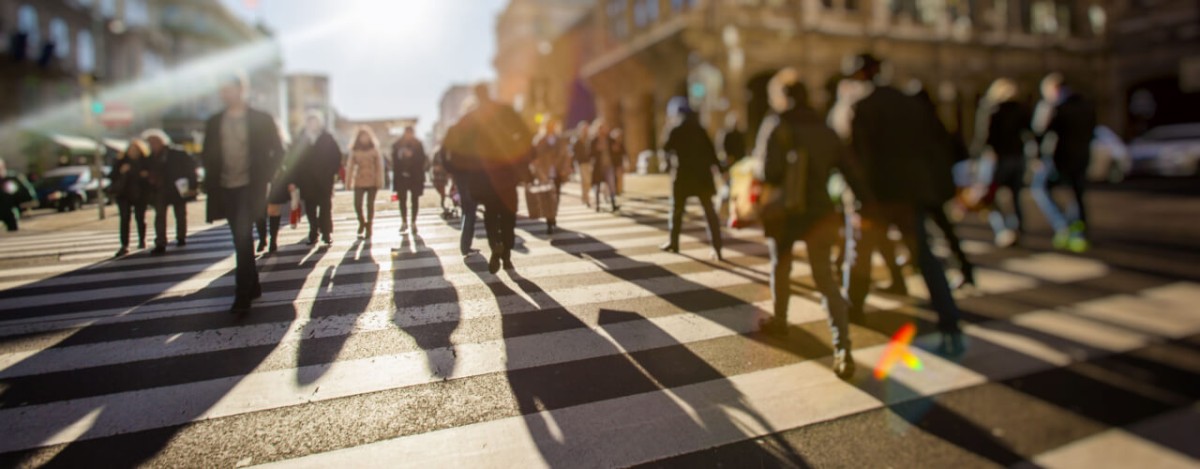The years following the onset of COVID-19 have led to a series of changes in the wider economic landscape. These then prompted the real estate industry to adapt to the pandemic’s many ripple effects, including the current inflationary environment, the rise of interest rates following a decade of quantitative easing, and fears about a looming recession.
Yet, in spite of these changes, the Foot Traffic Ahead 2023 report — commissioned by Places Platform LLC and Smart Growth America (with Yardi Systems as one of the research partners on the study) — found that Americans’ love for walkable urban areas remained strong. In fact, they were even willing to pay a premium to be a part of or bring their businesses into such communities.
The report distinguished between four types of urban spaces based on how they scored in terms of walkability or drivability, as well as size: The categories included type I walkable urban places; type II walkable neighborhoods; type III drive-ins; and type IV drivable sub-divisions.
Gauging the walkability of the 35 largest metropolitan regions in the U.S., the analysis found that amenity-rich, dense, mixed-use communities that could be reached through public transit and crossed easily on foot often came with a significant markup in price.
Notably, this premium was largely due to limited supplies because, generally, less than 5% of a region’s land can be considered walkable. As a result, many of the people who would benefit most from the advantages of these communities were priced out.
Meanwhile, as far as real estate assets, the price of office space was most likely to be influenced by its location within a walkable urban location. For instance, the office premium was as high as 105% in New York City; 83% in Boston; 56% in Chicago; and 36% in San Francisco.
Likewise, retail premiums also varied significantly across various markets. For example, the markup for retail spaces in San Francisco’s walkable areas was 41%. Conversely, in Washington, D.C. it was 107%, while the premium was roughly 27% in Chicago. In contrast, Portland, Ore., provided an 11% discount.
Of course, office spaces were the most widespread building use types across walkable urban places (making up 42.1% across the 35 metro areas surveyed). They were followed by multifamily rentals (30.4%), retail (18.5%) and for-sale residential (11.6%).
The lower percentage of retail space located in walkable areas was partly due to the challenges involved in fitting big-box retail buildings into what is (by its definition) a relatively small, compact and diverse area. As a result, some companies — like Target, Best Buy or The Home Depot — are trying to adapt and find a way into these walkable places.
Despite their small share of the overall urban space, walkable places are veritable engines of economic development, accounting for 19.1% of the U.S. gross domestic product. What’s more, many cities are also heavily reliant upon these areas to generate tax revenues from land values and other sales taxes. Therefore, this also leads to price increases for any commercial or housing units in these areas, creating an affordability gap.
Although premiums have decreased since the pandemic began, the high demand for walkable urbanism and the lack of supply continues to keep such desirable locations out of reach for many. So, according to the report, walkable places will play a pivotal role in the 21st century economy — in the same way drivable sub-urbanism did in the late 20th century — with the bonus of being far more socially equitable, sustainable and environmentally friendly than their predecessor.
For more highlights, read the full “Foot Traffic Ahead: Ranking Walkable Urbanism in America’s Largest Metros 2023” report.
Looking for your very own office space in a walkable urban location? CommercialCafe.com can provide you with the best office space listings throughout Manhattan, as well as in several other major U.S. markets.









